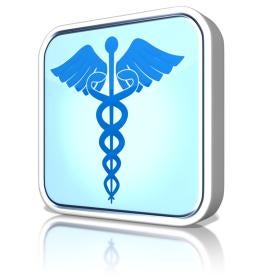As mobile health technology has proliferated, federal regulatory authorities have taken notice. In particular, over the last five years the U.S. Food and Drug Administration (FDA) has been honing its approach to mobile apps and has released a series of documents that provide helpful guidelines to developers of healthtech apps.
In particular, the FDA sorts mobile apps into three buckets:
-
apps that are not “medical devices,” and so are not subject to the Federal Food, Drug and Cosmetic Act (the FD&C Act);
-
apps that are medical devices, ostensibly subject to the FD&C Act, but that pose a low enough risk to the public that the FDA has determined not to enforce the FD&C Act with respect to them; and
-
apps that are medical devices, subject to the FD&C Act, and over which the FDA intends to apply its regulatory authority.
Generally, applications in this last group are applications that the FDA has determined could pose a risk to patient safety if they do not function as intended.
An app may qualify as a “medical device” under the FD&C Act if it is intended for use in the diagnosis, cure, treatment or prevention of disease, or to affect the structure of, or any function in, the human body; an app may also qualify as a medical device if it is intended to be an accessory for an already-regulated device. For example, an app that involves the attachment of electrocardiography (ECG) electrodes to a mobile platform to measure ECG signals is likely a medical device, as is a mobile app that allows the user to control inflation of a blood pressure cuff through a mobile platform. These are the types of healthtech apps over which the FDA is likely to assert regulatory authority.
If an app intends only to help patients self-manage diseases or conditions, track and organize their health information, gather information about health conditions or treatments, or communicate with providers, the FDA has indicated it will not enforce the FD&C Act with respect to the app, even if the app technically qualifies as a medical device. For example, if an app allows a diabetic user to log or track events or measurements and share that information with the user’s health care provider, the FDA will not assert regulatory jurisdiction over the app. Just a few weeks ago, the FDA finalized guidance that indicates a similar approach to general wellness apps – generally apps that are intended to aid in maintaining or encouraging a general state of health or a healthy activity.
Wondering which bucket your app falls into? Recently, the FDA, in collaboration with the Federal Trade Commission and the U.S. Department of Health & Human Services, released an interactive tool designed to allow app developers to initially determine which laws might apply to, and which regulatory bodies might assert jurisdiction over, their applications. Of course, use of the tool is not a substitute for careful consideration of the regulatory environment, but it offers a helpful starting point.


 i
i

